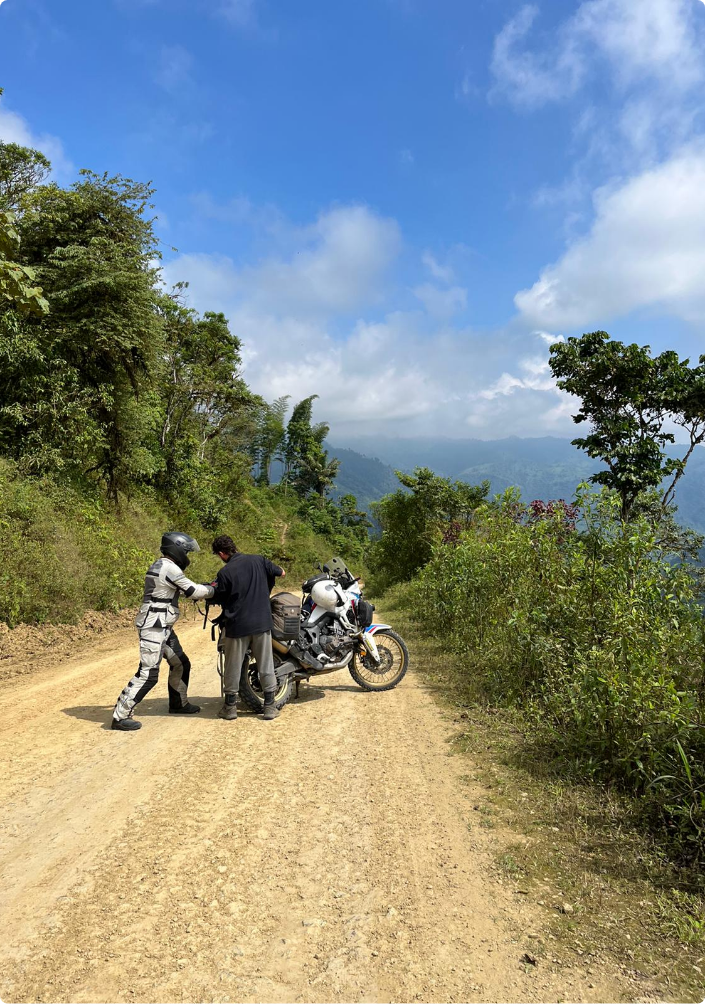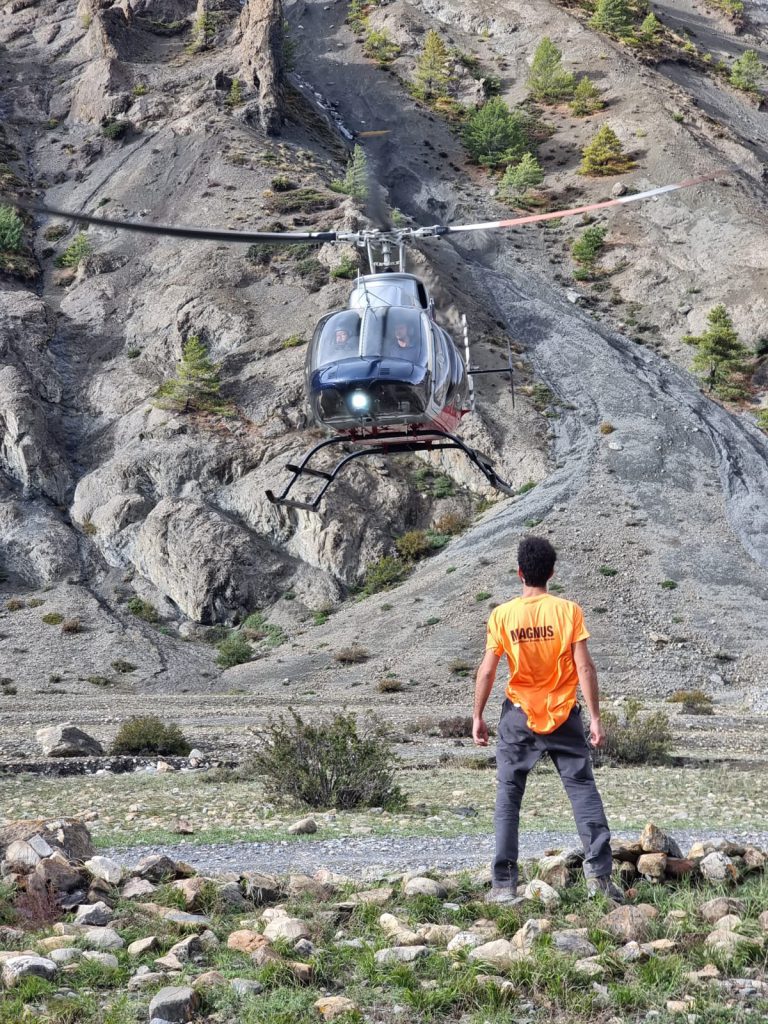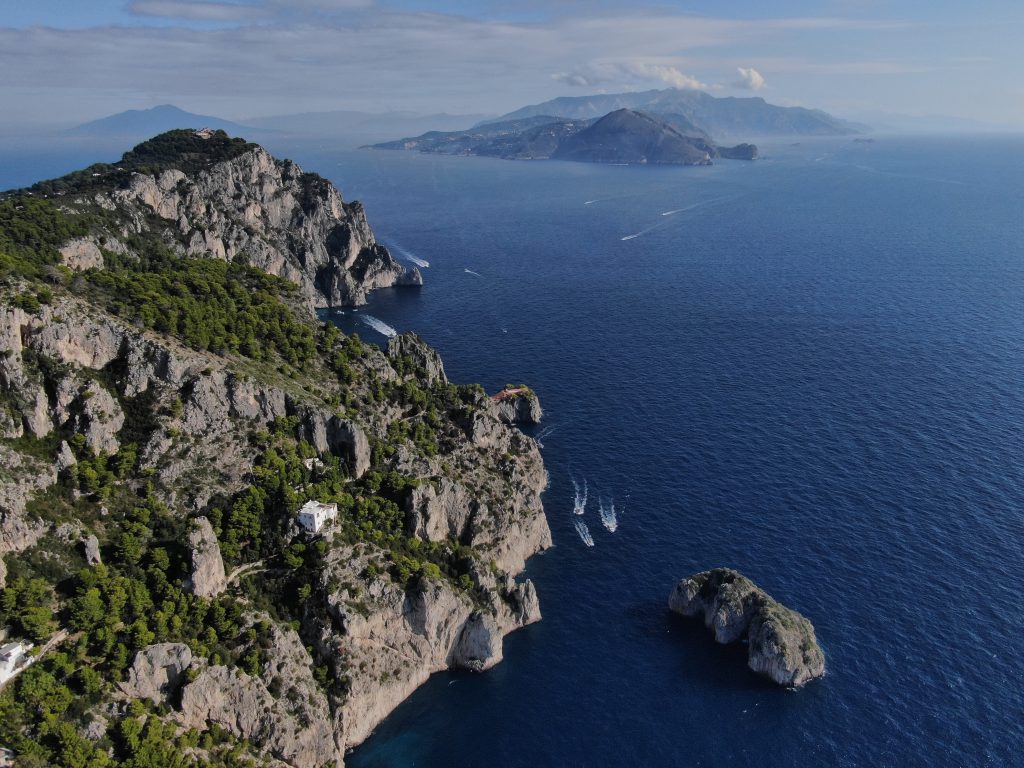An exceptional snowstorm trapped hundreds of travelers in the Manang District
MAGNUS has been supporting the climbing tourism industry in Nepal for the past 30 years and have facilitated over hundreds of rescues of travellers in distress. Each year thousands of visitors fly into Nepal to challenge themselves in the most severe and beautiful terrain on the planet. In 2022, an exceptional snowstorm trapped hundreds of travellers in the Manang District, blocking all roads in the area for the duration of the storm.
Initial Report
As a part of standard preparations for the climbing season, the MAGNUS Team broadened the presence of both local and global network team members in Nepal and increased communication to key facilitators to optimize readiness in the event of an emergency.
An atypical snow blizzard in the fall of 2022 was forecasted to reach the Manang area, prompting hundreds of emergency reports from travellers who were unable to proceed on their journeys due to the uncertainty of the storm’s intensity and duration. With several travellers split between multiple groups—some in relatively safe areas and others in extremely exposed terrain—the MAGNUS Control Center activated a team of first responders to mitigate the risk of life-threatening conditions impacting these travellers.
operational challenges
- In cases of natural disasters and extreme weather conditions, hundreds of travelers are affected at the same time and place. This places immense strain on communications, transportation infrastructure, and available rescue personnel.
- Weather conditions in Nepal are highly dynamic and can change for better or worse unpredictably.
- The Manang area of Nepal is remote—limiting rapid transportation to rotary wing aircraft and leaving travelers exposed in the events of extreme weather.
- Helicopter transportation in events affecting hundreds of people can be challenging to secure, as their payloads are typically limited to 4-6 passengers, budget may be limited, and fuel constraints can limit movement.
- The dynamic weather conditions in the Himalayas leaves little room for error. Manang can be relatively warm in the fall, often exceeding 70° F/ 21° C. Rapidly approaching storms can leave hikers dressed for moderate climates in below freezing conditions within hours.
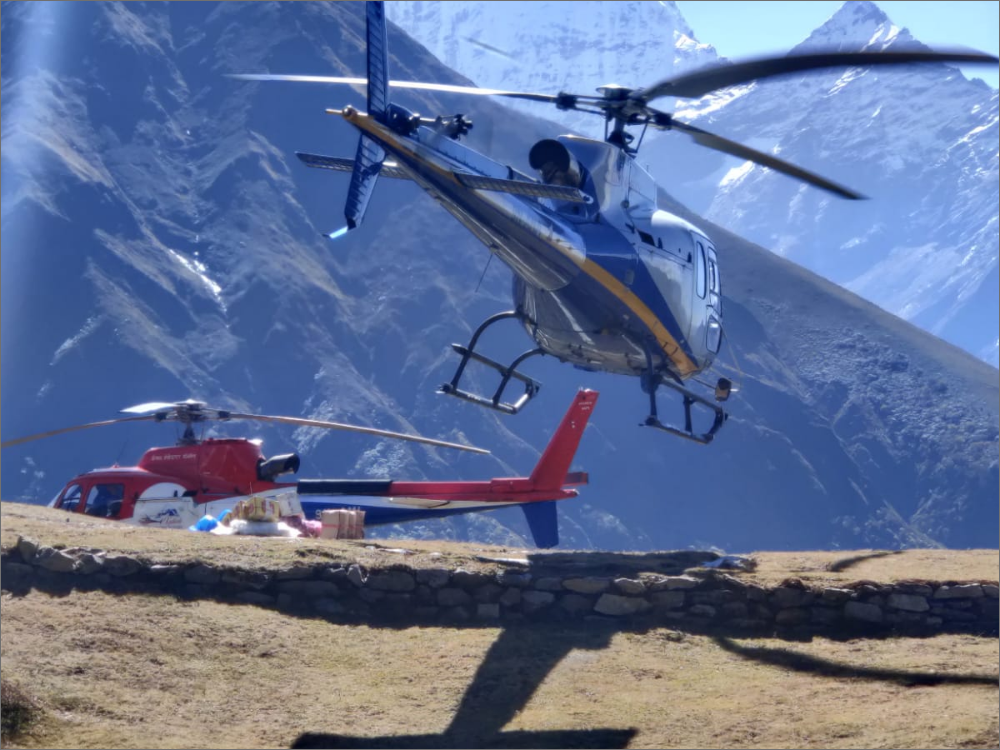
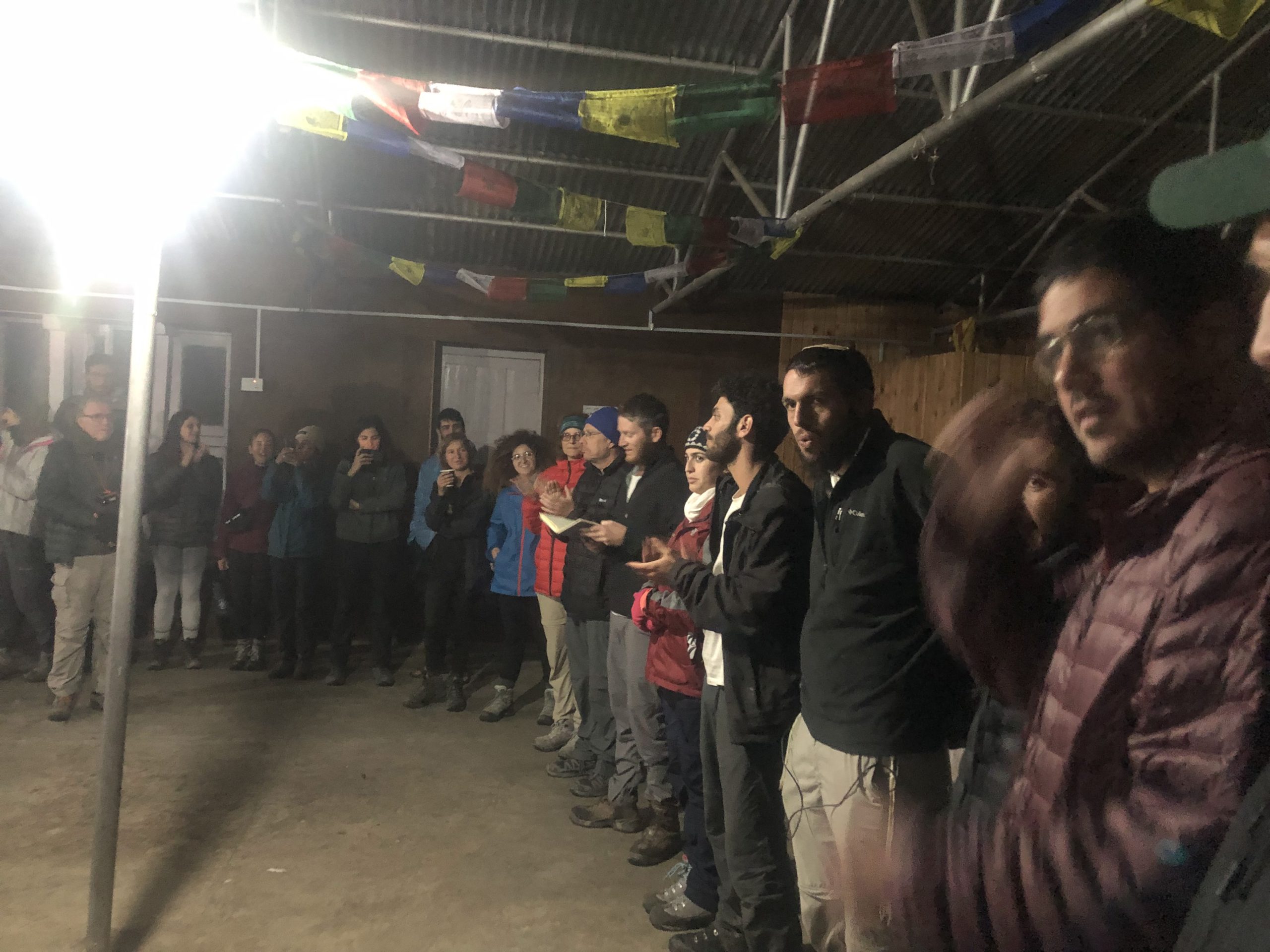
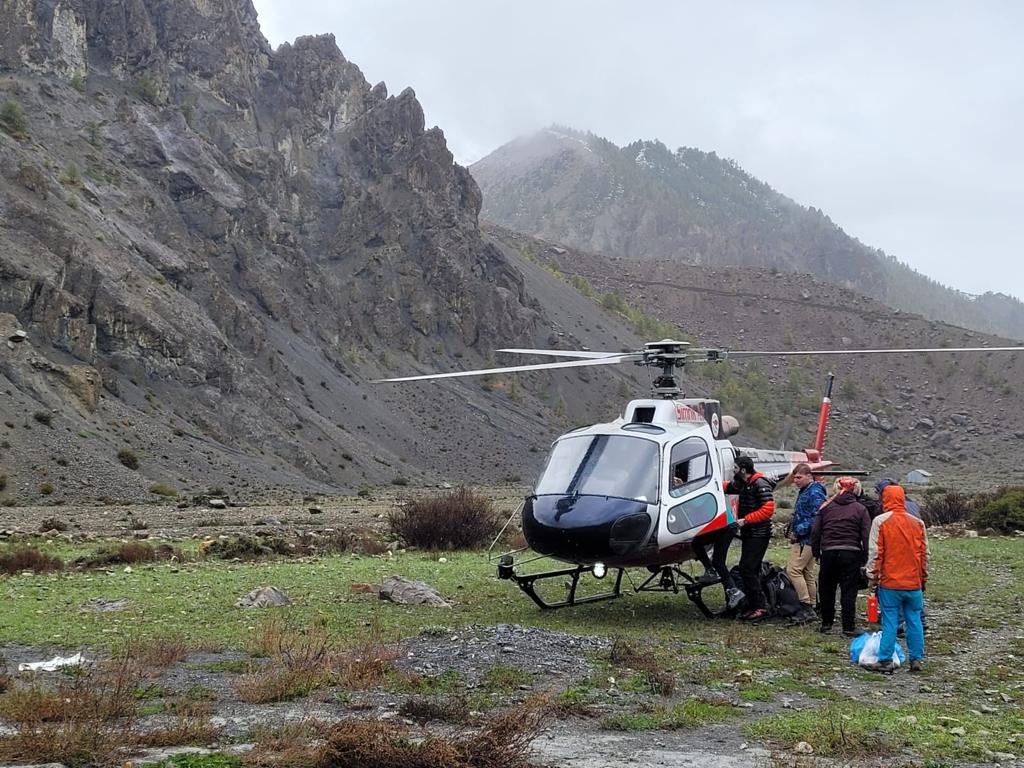
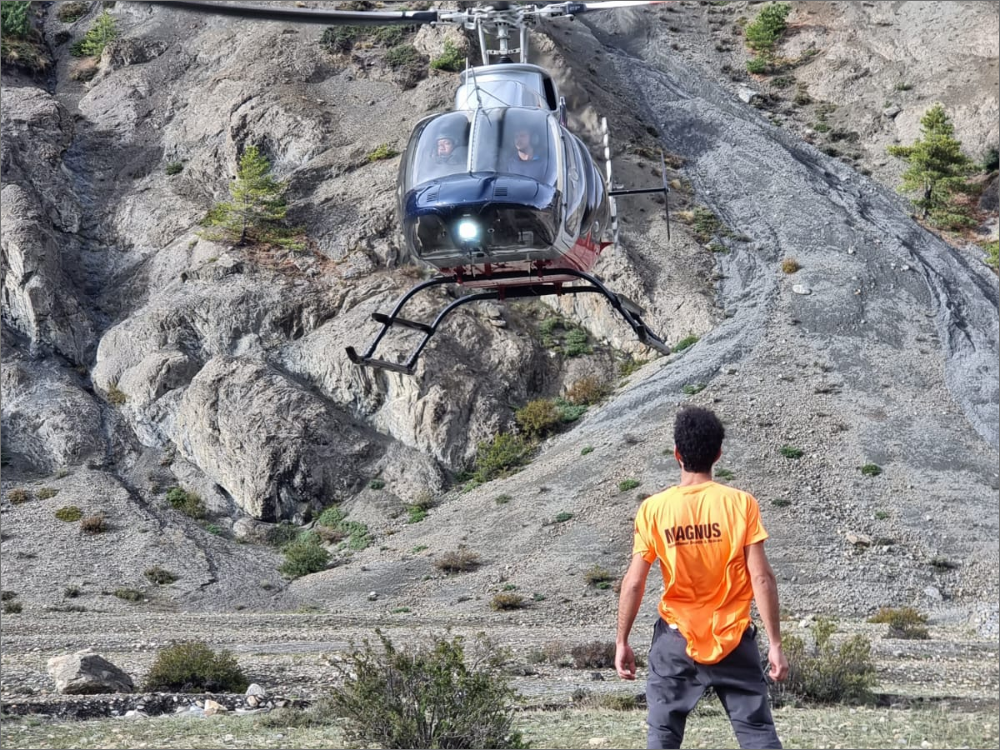

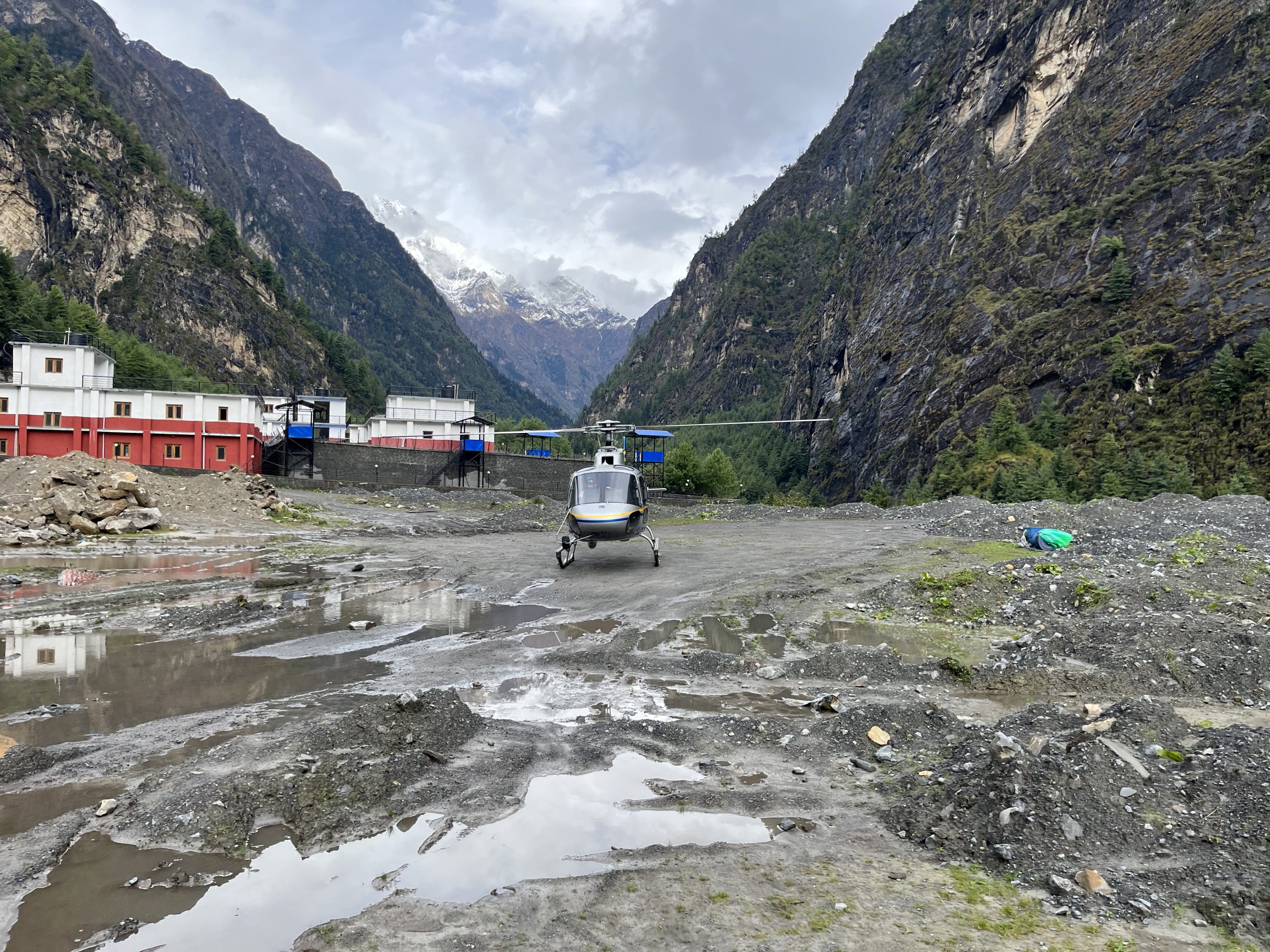
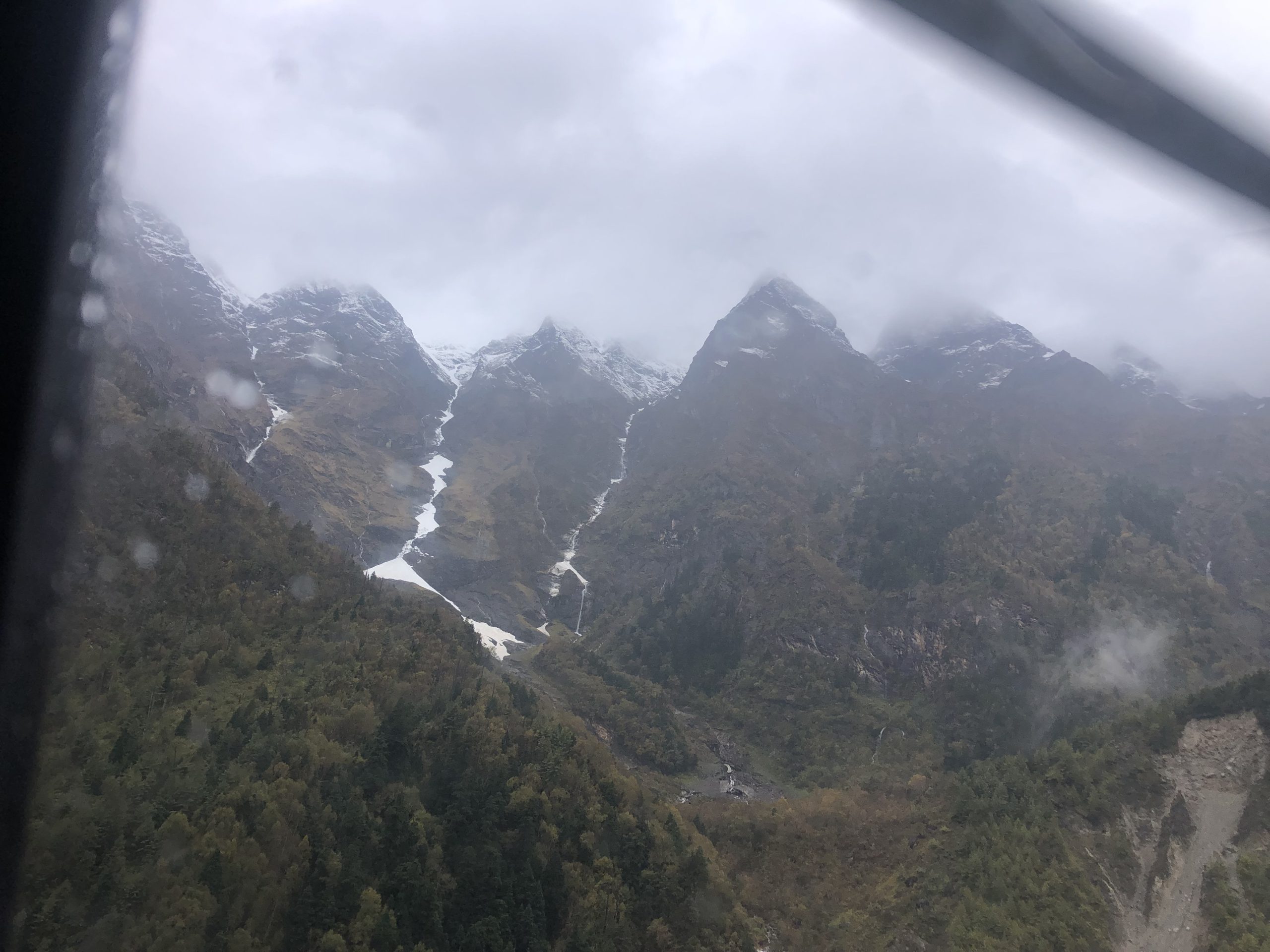

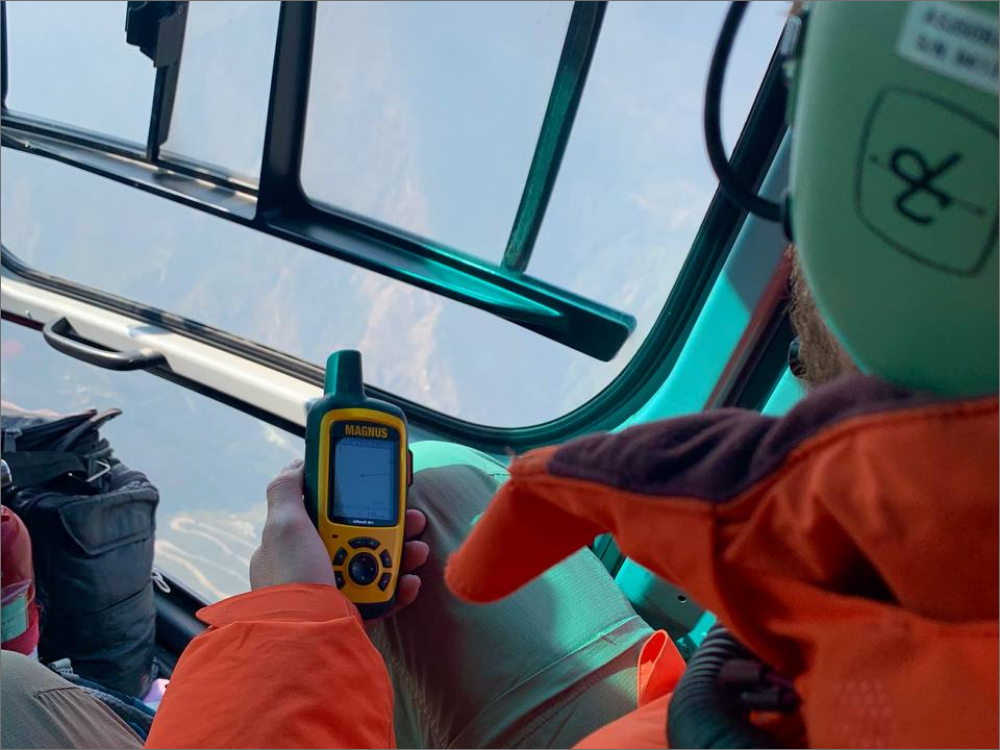
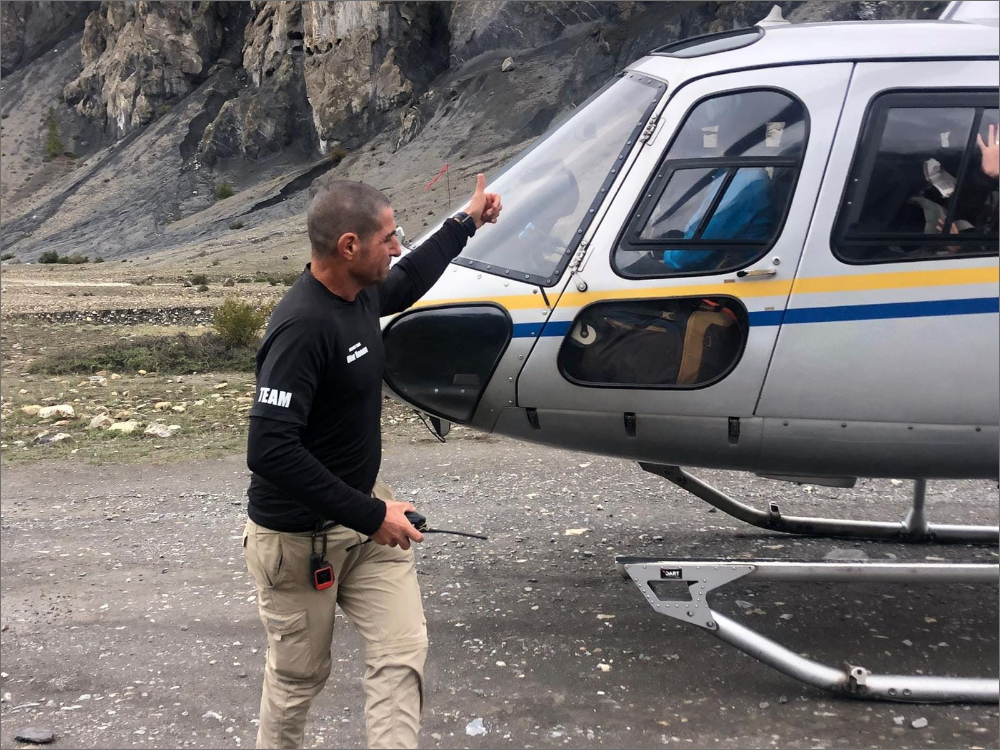
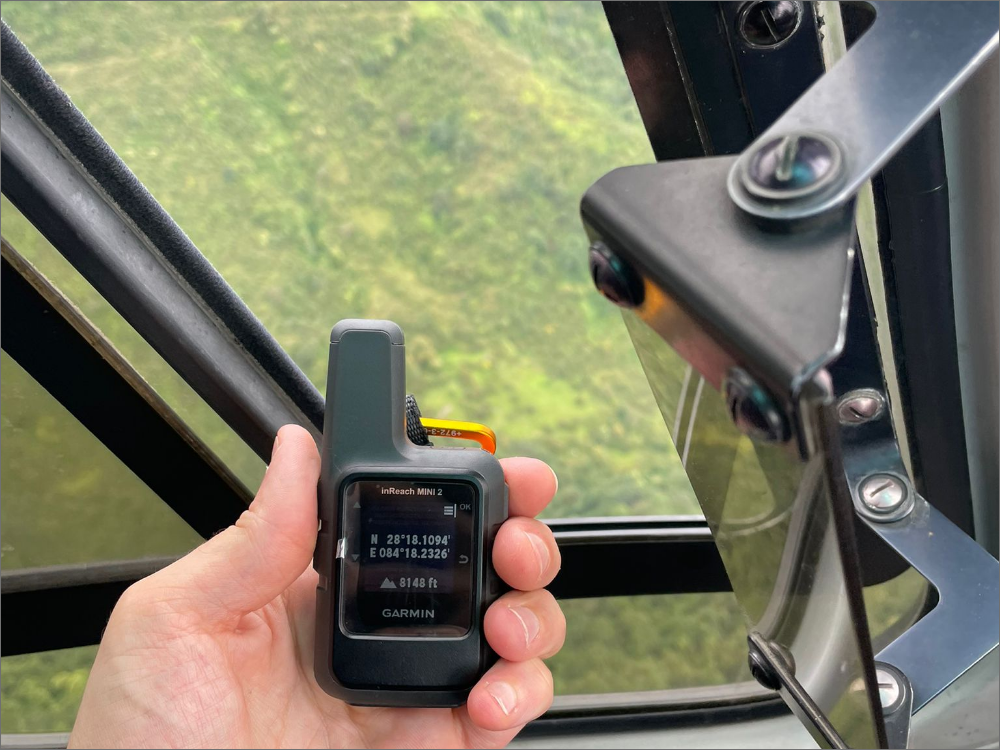

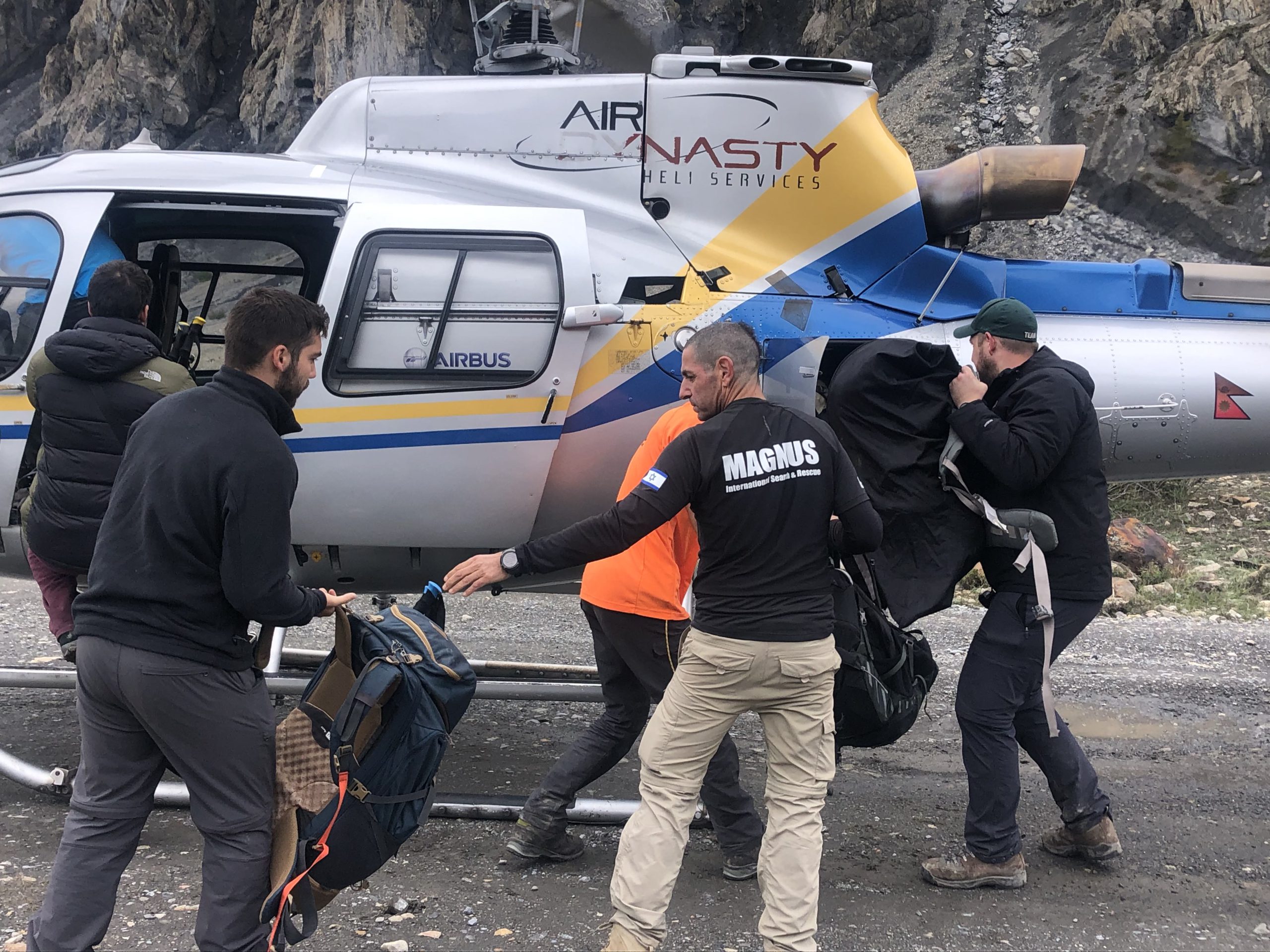

Mission Phases
- After confirming the locations of several groups of stranded travelers, the MAGNUS Control Center coordinated the dispatch of a first-response rescue team pre-staged in Nepal.
- The rescue team conducted movement to the Manang area, conducted in-extremis planning in conjunction with Magnus Control Center, and prioritized the rescue of a team of hikers exposed on a trail without definitive shelter.
- Magnus Control Center maintained frequent contact with the exposed travelers through previously issued satellite communication devices. An emergency doctor was incorporated into communication and planning, closely monitoring their condition, and providing guidance to the travelers as the rescue team coordinated a helicopter evacuation.
- The first response rescue team established a base of operations in Manang, monitored weather conditions from the ground, and during weather window, facilitated the helicopter extraction of all members of the group.
- MAGNUS then shifted focus to the further assistance of travelers exposed in other areas. A second MAGNUS rescue team was deployed to Nepal to facilitate additional efforts.
- The Control Center gathered information from several sources, prioritized the groups according to risk, and developed evacuation plans with the MAGNUS rescue teams and local assets in the country.
- Utilizing these resources, the MAGNUS teams led aerial evacuation operations from two independent mountainous locations. Within 48 hours, over 40 helicopter extractions were conducted and over 200 travelers were rescued.
TRACK THE
MISSION
Use the mouse wheel to zoom in and out on the dynamic map
You can also open the map in a large view in a new tab

The rescue team
More
Case Studies
